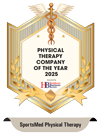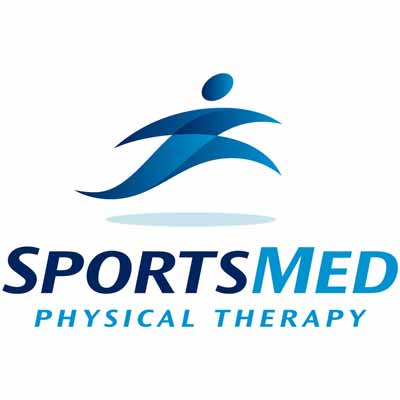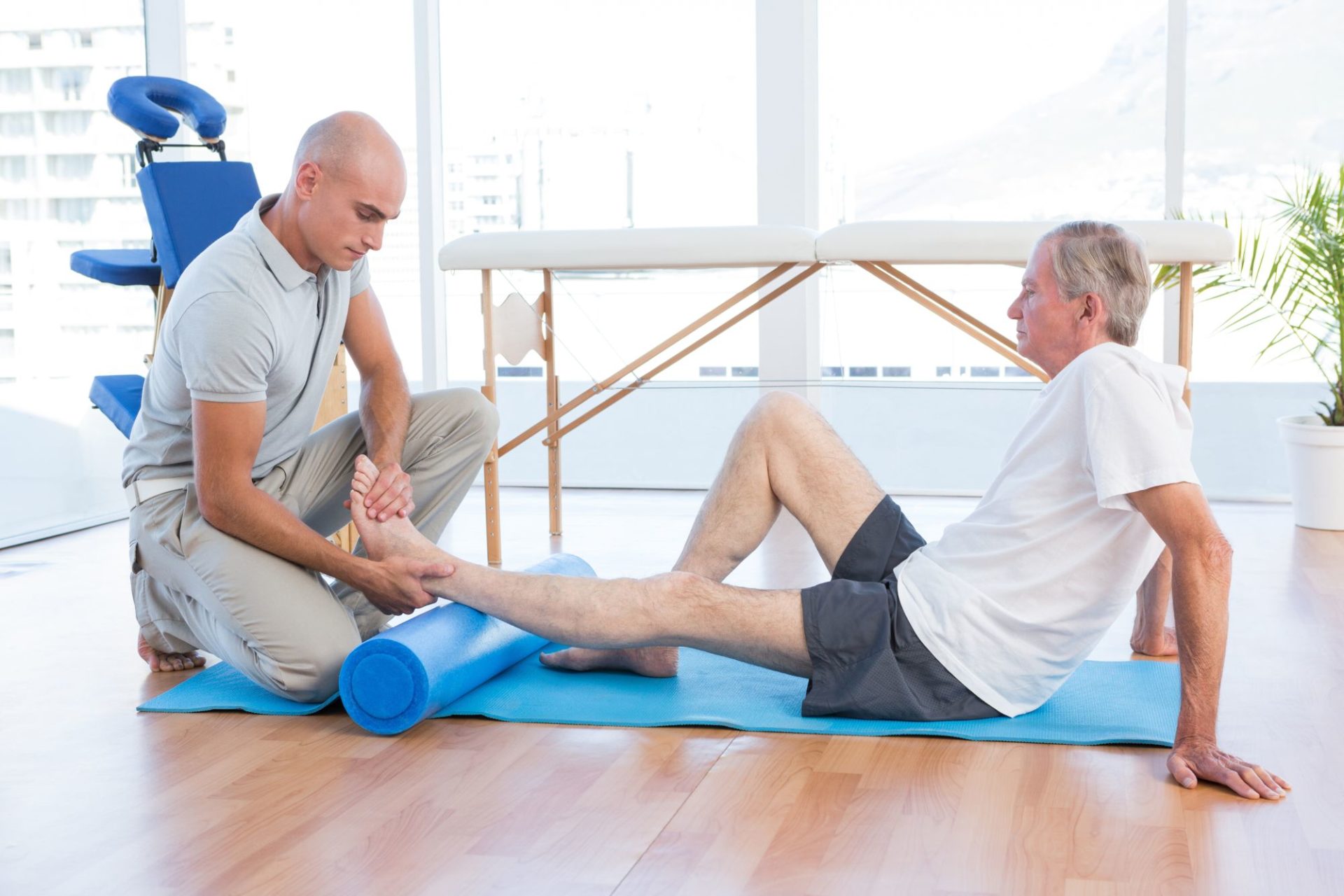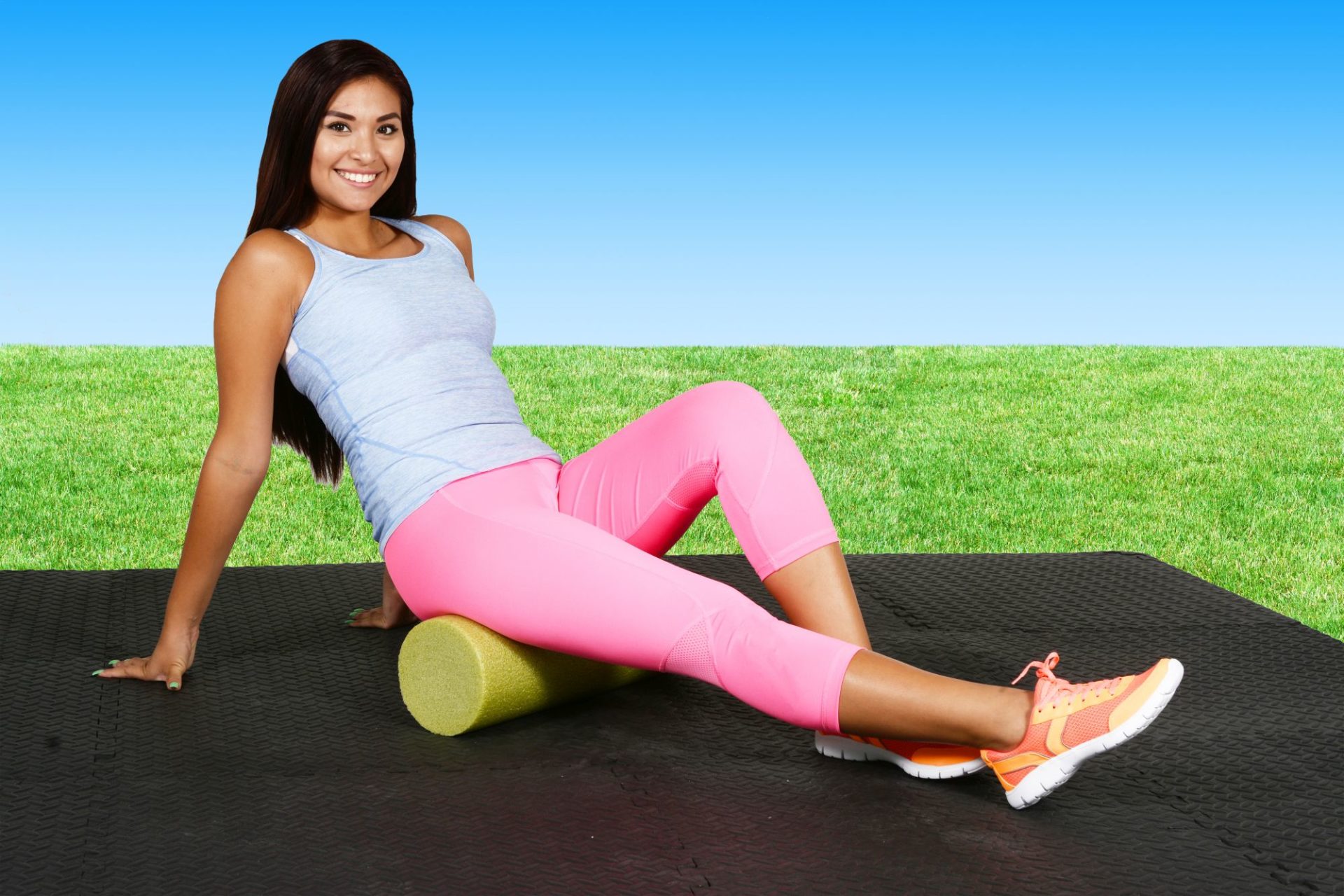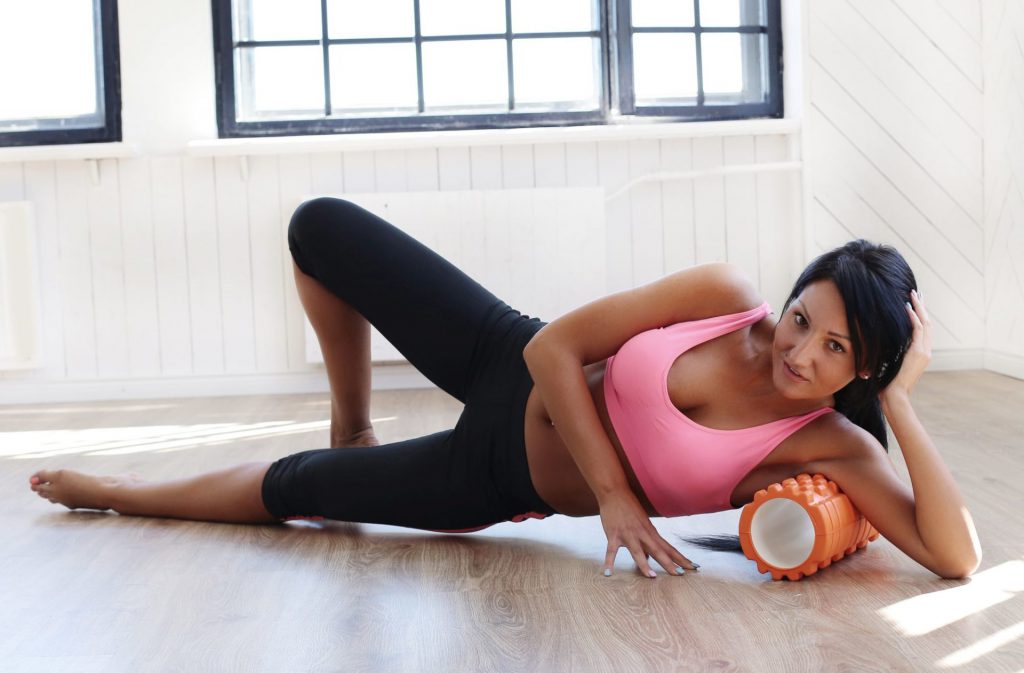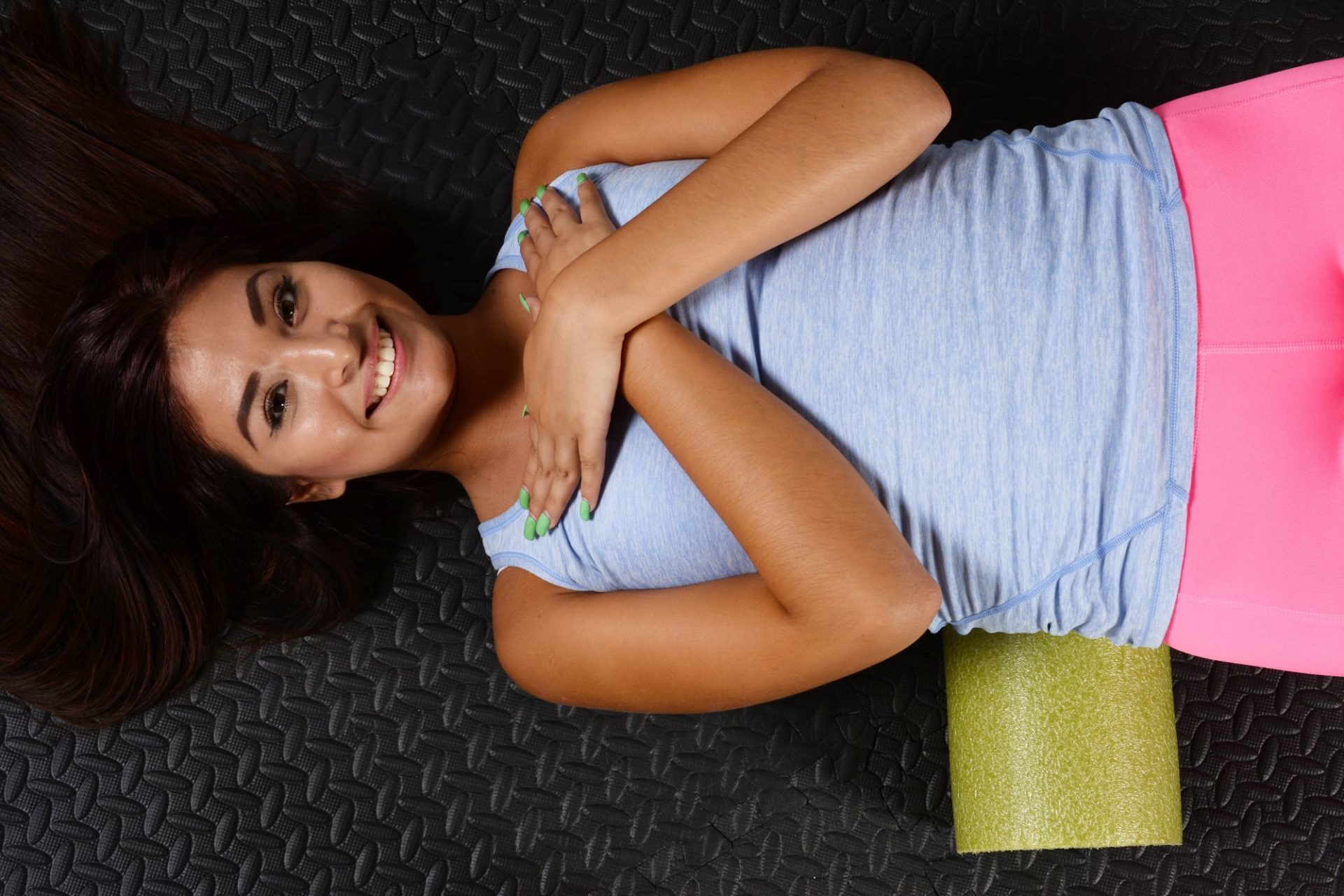What is a foam roller?
You may have seen these foam tubes laying on the floor of the stretch area at your gym. They come in different colors – black, blue, or white, some have different textures on them, and some can be temperature controlled. Perhaps you have noticed people on them whose face changes to one of pain when they roll over certain spots. Intimidated you just pass it over and move on with your workout.
What if we told you that this neglected piece of equipment may be one of the most important pieces of equipment for your health? A foam roller is used for Self Myofascial Release (SMR), a type of self-massage that will help give tense or tight muscles relief. For those of us who cannot afford to see a massage therapist on a weekly basis, a foam roller is the next best option.
What is SMR?
It is a type of trigger point therapy that aims to force your body to release tense muscles while promoting improved mobility and faster muscle recovery. There are many different tools you can use to apply SMR – foam rollers, lacrosse or tennis balls, and handheld rollers such as “the stick.”
Tense or tight muscles come from lack of movement or too much improper movement. One cannot expect to sit at a desk all day then run to the gym and have an intense workout without the possibility of pulling or straining a muscle. Most people need to ease into exercise and allow their body to adapt to the new movement. This is where foam rollers come in.
Our bodies are amazing and will adapt to any movement or lack of movement we do regularly. This amazing ability allows our bodies to thrive and it is also what brings about changes when we start working out. Unfortunately, this can also work against us and cause our body to take away mobility. For example, from our childhood we are able to go into a deep squat, but a lot of people lose this over time. Why is that? Well it just so happens that for most of our lives when we squat, a chair or toilet gets in the way. Since the ability to deep squat is not utilized the body sees it as unnecessary and limits joints and muscles to the range of motion (ROM) it uses the most. Unfortunately for people who work at desks all day, this leads to postural problems, joint problems, and lower back issues. This decreased ROM is usually what is responsible for throwing out your back doing something simple like picking up a pencil.
How does a foam roller help?
Foam rollers and SMR techniques help decrease tension in muscles and can help relieve backs, knees, and necks. You can foam roll before, during, or after exercise for optimal results. This will help you get a more out of your workout by unlocking your ROM and helping you not feel pain during movements.
Be aware that foam rolling is not necessarily meant to be comfortable. Usually the rollers will come in different firmness levels. When starting off it may be a good idea to use a less firm roller. There are many different areas you can roll but here are the general steps:
• Place the roller around the intended area.
• Do broad strokes and move the roller along the muscle. You can use your hands and feet to roll your body smoothly over the foam roller.
• Pinpoint certain trigger points – they will be the most tender spots on the muscle.
• Find one you can tolerate and keep pressure on that spot for 30-40 seconds. Remember to breathe!
• You will feel the pain/discomfort dissipate.
• Once gone, mostly gone, or the 30-40 seconds is up, move on to the next trigger point.
• Repeat for allotted time.
It is important to note a few things. Rolling for 30-40 seconds is crucial to tell your body to get used to the pain. This will make sure signals get sent from the muscle to the brain to relax the muscle. Second, make sure to breath from your stomach – diaphragmatic breathing. This will help ease tension in the body and allow for the release of the muscles. The importance of this cannot be stressed enough – this is also how you know if the firmness of the roller is too much. If you have to create tension in the body to stay on a spot then go down a level of firmness. Did you ever get a shot, and just before the needle went in you clenched that area? The muscle tenses because you did and it made the process that much more painful. You need to relax, do not try to fight the foam roller. The last thing is to be patient. It’s not a race, and by taking your time you will realize how you improve over each rolling session.
Examples of Foam Rolling
Calves
Place the roller on the meaty part of your calf. You will be sitting on your butt with the roller in front. Your hands will
be behind you and will support you while you lift your butt up so you can roll up and down the calves. You can roll one calf at a time while crossing the free leg on top or keeping the knee bent to the side or you can keep both calves on the roller and do both at the same time. Do the variation that you can tolerate and apply more and more pressure over time.
Piriformis(Butt)
Sit on top of the roller and keep your hand behind you. Stretch out on leg and cross the other over it. Bend the
bottom leg so your foot is flat on the ground. Now lean into that side. Roll up and down the glute and pause on tender spots. One hand will be behind you providing support while the other is on your knee.
Lats
Lay on your side with the foam roller in your armpit. The arm of the side on the ground should be stretched overhead with the elbow locked. Your bottom leg will be straight out while the top one is bent and helping you roll up and down the side of
your upper body. The top hand can be placed behind your head to support your neck.
Back
This one is easy. Just lay on the roller and give yourself a hug. Then just roll up and down your back.
These exercises are not meant to be comfortable and the positions will be awkward at first. If you stick with it, you will get used to it. It may be boring at first but this is an essential part of your workout.
Muscles will get tight and they will need to be treated.
Need an Appointment?
If you have any questions, or want a consultation with a professional, feel free to call, or schedule an appointment online at any of our Bergen County or Passaic County offices in New Jersey. Choose from Glen Rock, Franklin Lakes, Fair Lawn, Ho-ho-kus/Ridgewood, and/or Clifton – we make it possible for you to visit any of our offices at your convenience.
[footer title=”Have you, or someone you know recently experienced muscle tightness or a muscle strain? We can help speed up your recovery process!”]

